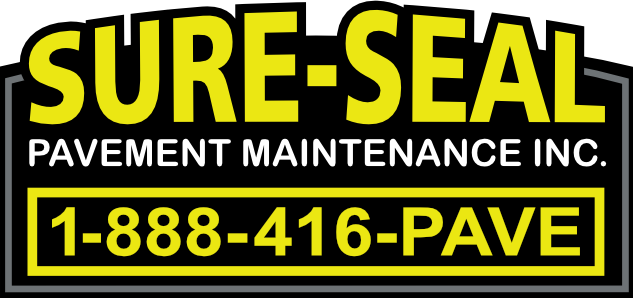Speed hump installation FAQ
There is a process in many municipalities, including the City of Toronto, that must be followed before speed humps can be installed in a neighbourhood. Residents must first contact their local city councillor with their concerns. The councillor’s office will notify the appropriate department within the city (usually Traffic Operations) so that the appropriate studies can be conducted. Depending on the results of the traffic studies, the city may or may not proceed with installing speed humps in a neighbourhood.
A speed hump is an effective traffic-calming tool for access roads, parking lots, and school zones where traffic flow requires a speed reduction. A speed hump is a gradual bump to reduce speeds to 15 to 30 km/h.
For high-traffic pedestrian areas and narrow or obscured roads, speed bumps are used to bring traffic flow to a low speed of 0-10km/h.
Read More: Speed Bumps vs. Speed Humps
While speed bumps are often chosen as an alternative to speed humps, there are other traffic-calming measures used. Traffic circles, diagonal diverters, and lane narrowing measures can be used based on the location of the property and the traffic flow.
As with any alteration to the road surface, there is a potential risk of damage to lower vehicles when travelling over a speed hump. Unlike speed bumps, which are raised higher to significantly slow traffic, speed humps can be driven over without substantial undercarriage damage.
The height of a speed hump ranges from seven to 10 centimetres and can be an effective traffic safety measure without causing vehicle damage or driver discomfort. The height can be altered depending on the desired speed reduction.
Speed humps can be staggered and/or installed at designated widths to allow wide-axled vehicles, such as emergency vehicles, to proceed at high speeds.
Based on the evidence gathered by the municipality and presented to the local councillor’s office, the traffic engineers within the city will decide where the speed hump needs to be installed for it to be most effective. The City of Toronto allows speed hump installation 15 metres from an uncontrolled intersection and 60 metres from a controlled intersection.
Speed hump installation is a quick and easy process when completed by a professional paving service. It can be constructed at any time and requires minimal equipment.
For safe and effective speed hump installation, there are several steps that professional paving companies must follow.
First, the area where the speed hump will be installed is marked and all dirt and debris are removed from the asphalt surface. An edge inset is installed to prevent damage to the speed hump from low-leveled vehicles and plows. Hot asphalt is then poured within the grid to form the shape of the speed hump.
The edges are hand tampered and the speed hump is hand rolled to ensure a durable and tight seal. A static roller is used to compact the asphalt before reflective paint is applied to highlight the speed hump and improve visibility for motorists and pedestrians.
The costs for speed hump installation vary based on the location, size, type, and contractor. On average, a set of speed humps can range from $4,000 to $7,000.
For cases where a speed hump is requested for a residential street, the length of time can vary from a few weeks to several months. That said, once installation begins, it only takes a few hours to complete the installation.
Speed humps can be made from a wide variety of materials, including plastic, metal, and concrete, but asphalt speed bumps are the most common and—arguably—the most popular. Asphalt speed humps are constructed to last for up to 30 years with proper maintenance, while rubber or plastic speed humps require full replacement every one to three years. Asphalt and rubber speed humps are ideal for traffic-calming measures.
Depending on the amount of traffic, rubber or plastic speed humps require regular maintenance while asphalt speed humps only require attention when damaged.
Once damaged, a rubber or plastic speed hump will need to be fully replaced. An asphalt speed hump may need a small amount of asphalt to repair the damage.
The legal procedure to remove a speed hump on a municipal street is the same as the initial request for installation. The local city councillor will need to be contacted and evidence must be presented as to why the speed hump should be removed.
The Highway Traffic Act of Ontario stipulates the maximum speed limit in a parking lot is 10 km/h, but many motorists drive much faster. Based on pedestrian-motor vehicle collision rates (PMVC) within the City of Toronto, the areas where speed humps were installed saw a reduction of 22% in collisions based on police reports over 10 years.
In addition, numerous studies have shown that speed humps can improve the survival rate during pedestrian/motor vehicle accidents because motorists are driving at slower speeds. Survival is around 90% at speeds under 30km/h and 50% at speeds above 50 km/h.

